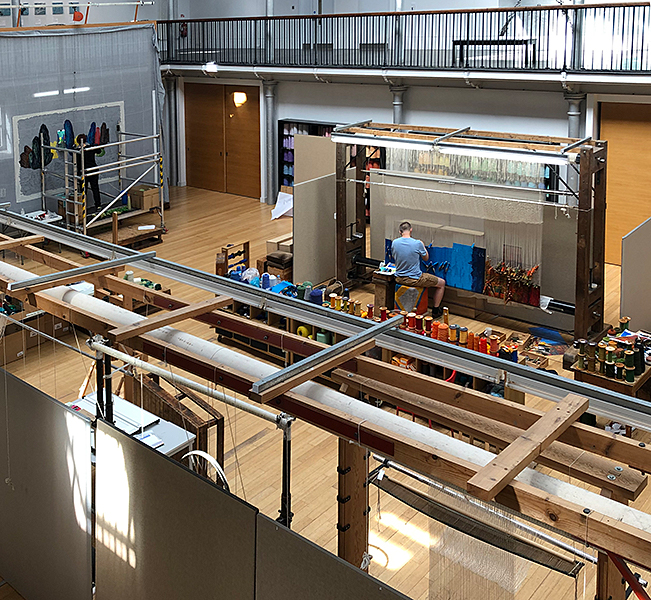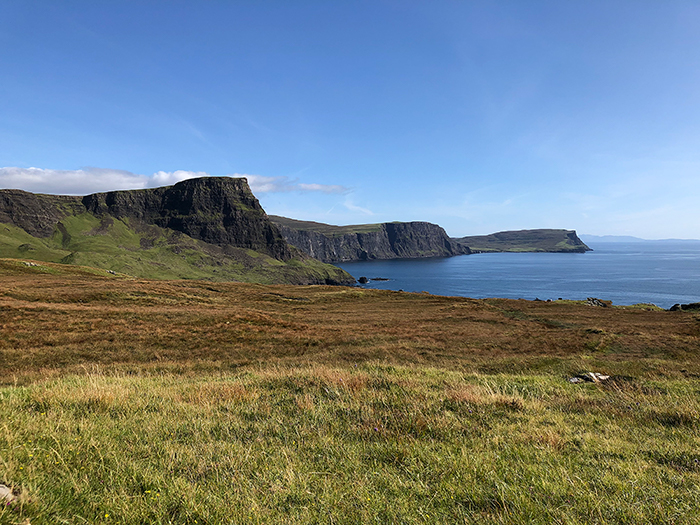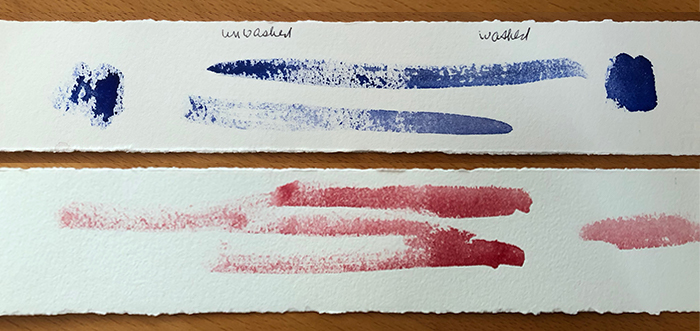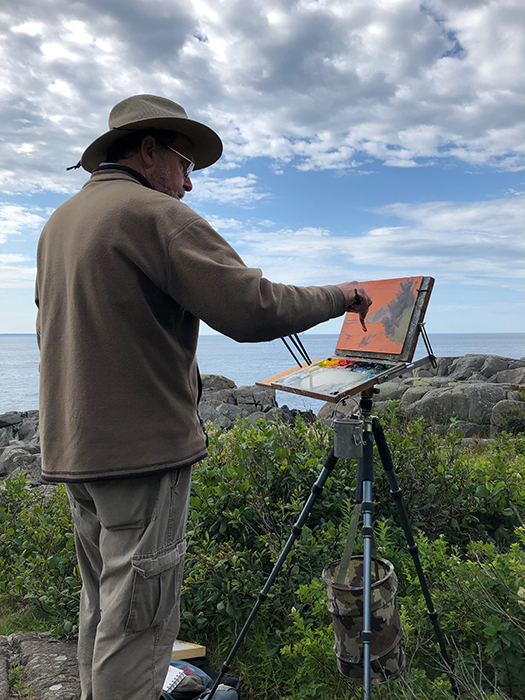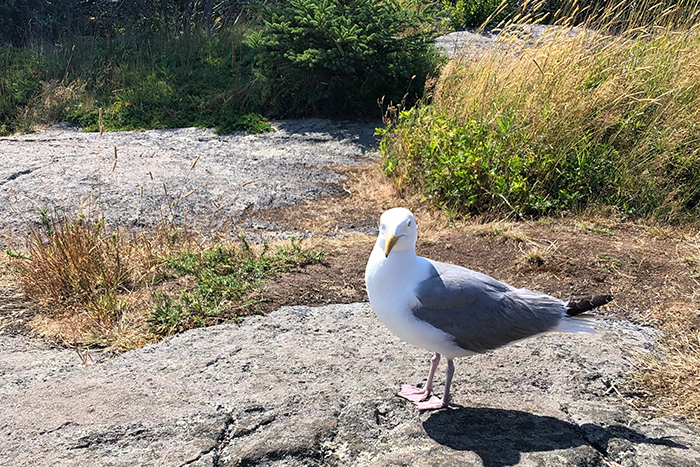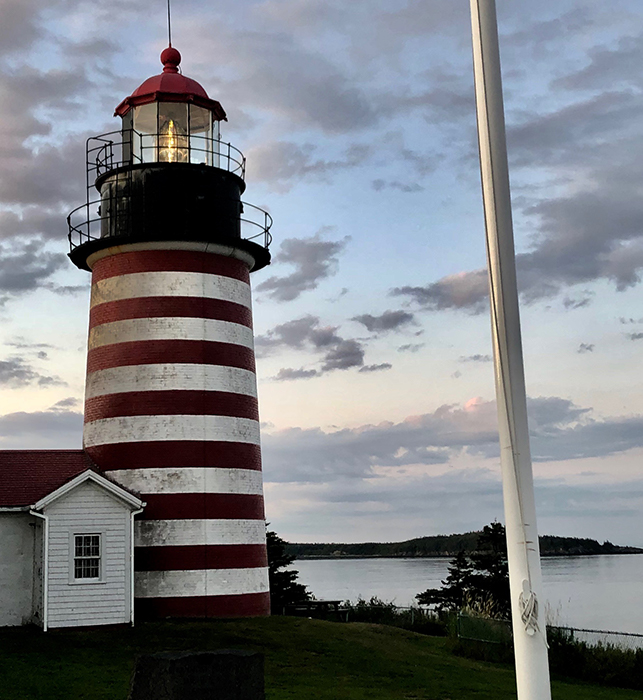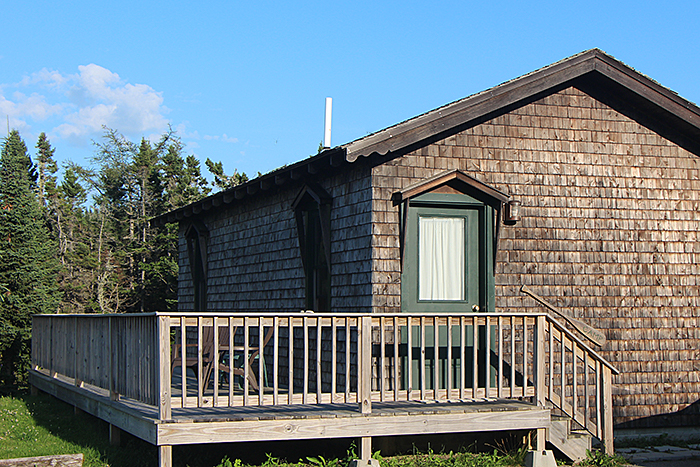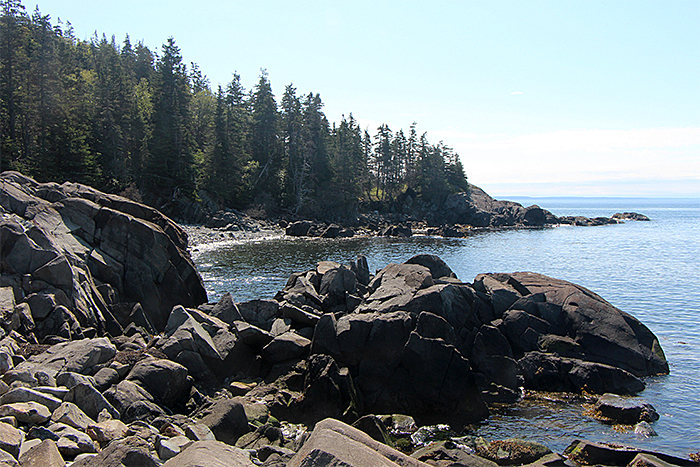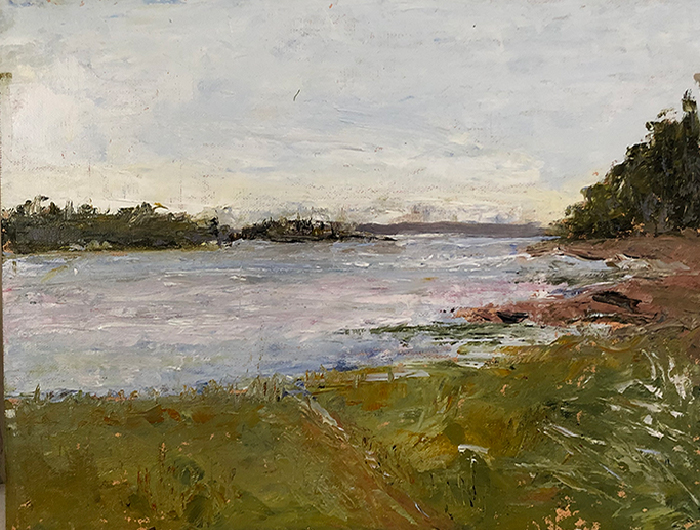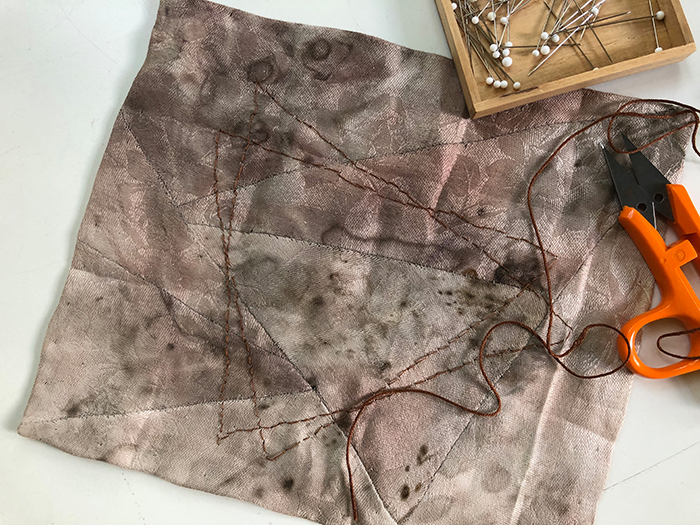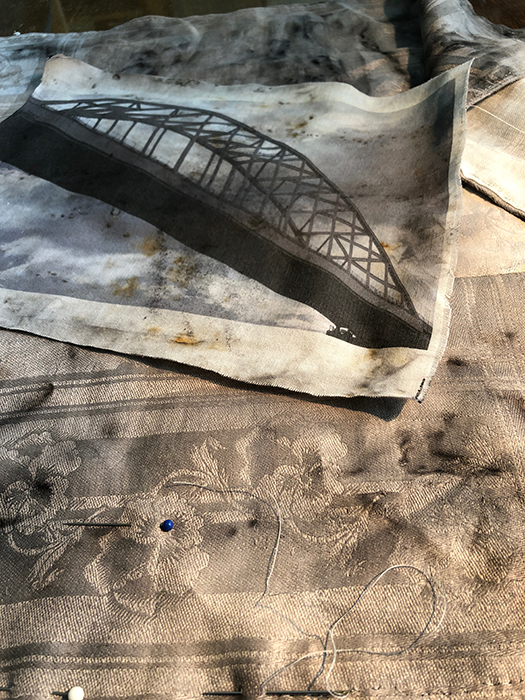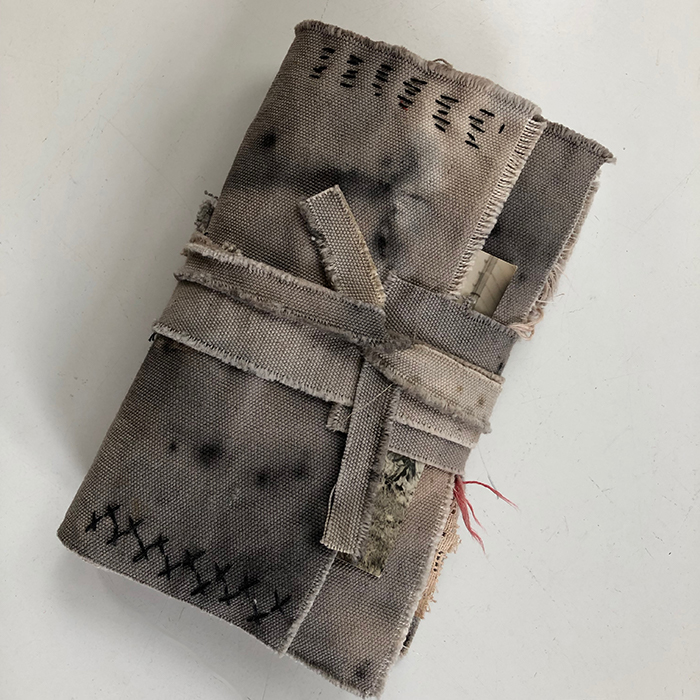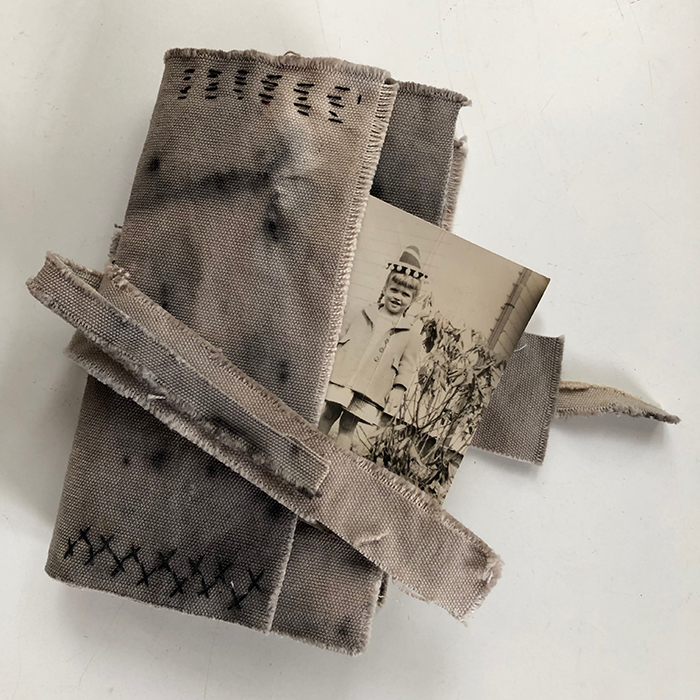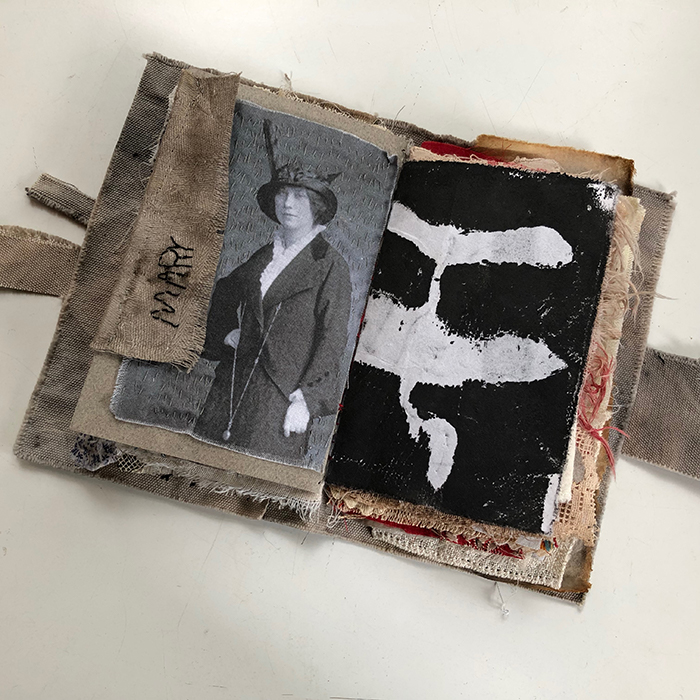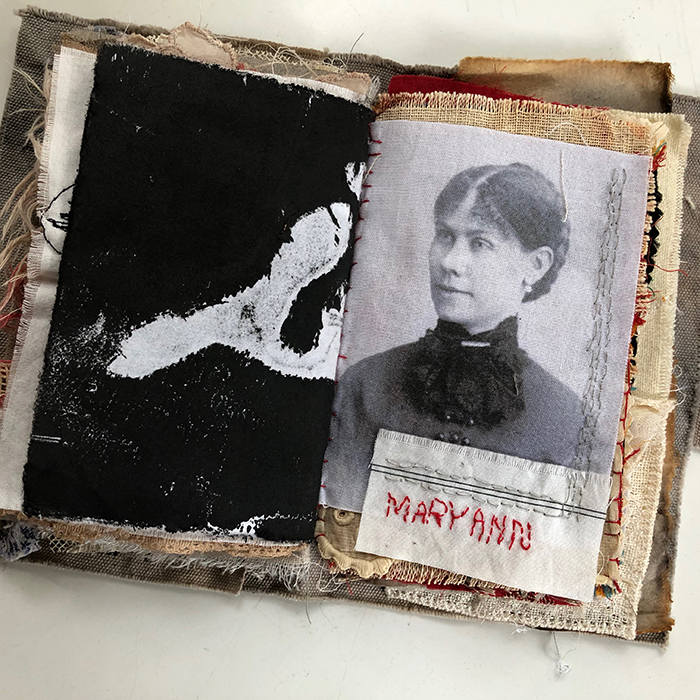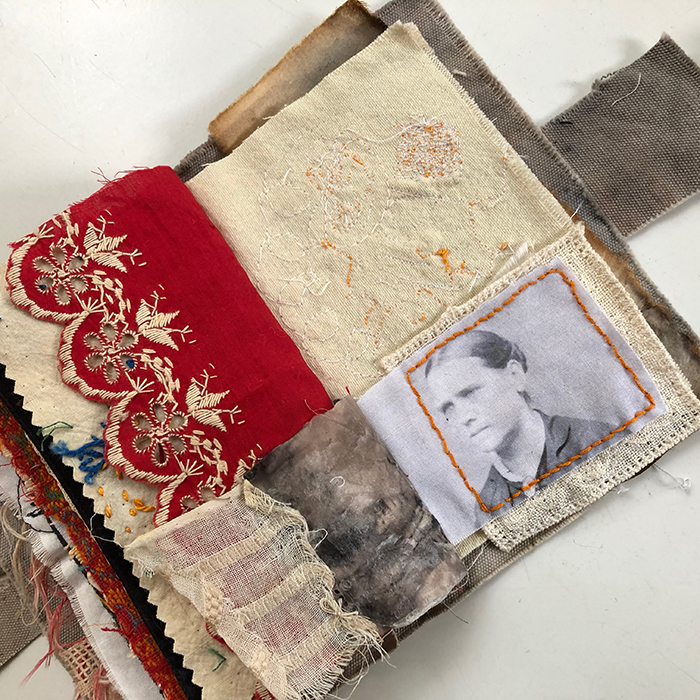It was a whirl wind tour of Scotland. Starting in Queesnferry so Bob could finally see one of his favorite bridges, the Forth Bridge, and a bus into Edinburgh to visit Dovecot Studio.
Then Skye—staying in Elgol for a boat trip and small hike to Loch Coruisk in the Cuillin Hills and in Dunvegan with hikes at Quiraing, and Neist Point.
After Skye, up the west coast staying at Inverkirkaig—hiked a bit—very windy—and found the most wonderful bookstore/cafe, then across the top to the ferry to Orkney.
Orkney: Ring of Brodgar at dusk, Skara Brae, the sun came out as we bought our tickets, sheep, wool and dye sheds, a tapestry gallery, a scotch distillery, and more wind. I love wind, but this wind could, under certain circumstances, drive one mad. For us, in our short time, it was part of the adventure.
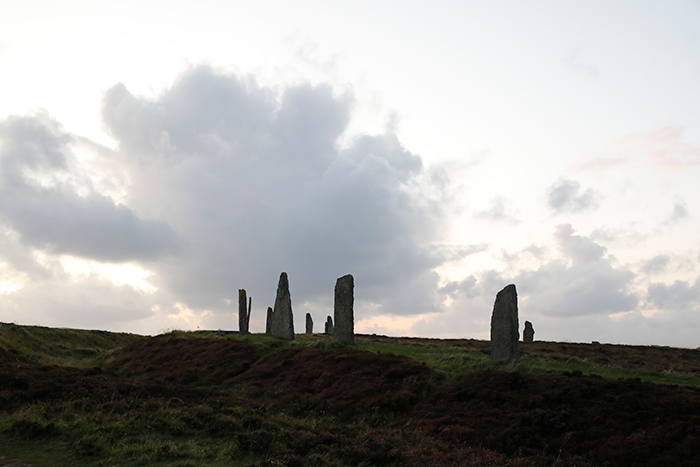
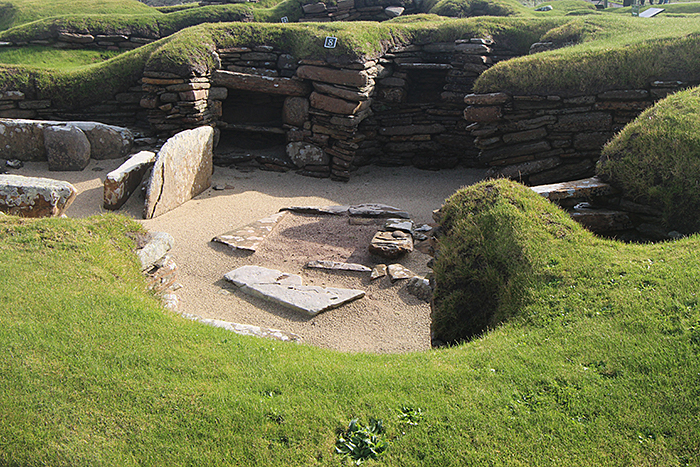
5000 year old Neolithic sites.
Ferry back and down the east coast and into Glendevon for a great dinner, another short hike and then the plane from Edinburgh. All I can say is WOW! Around every corner—more beautiful than the last—WOW, food and people—WOW, history, geology—WOW!
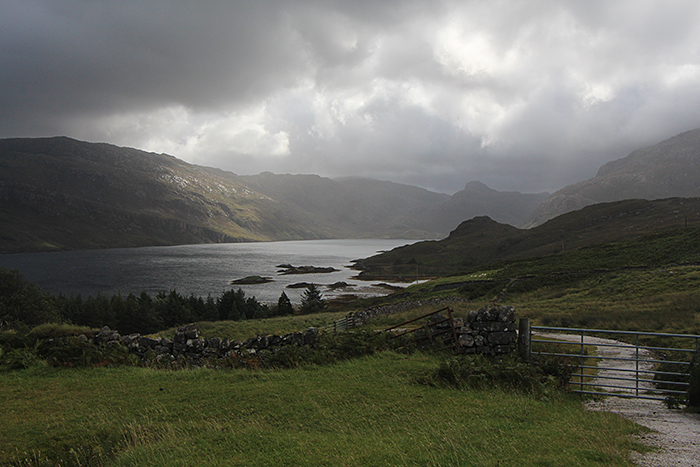
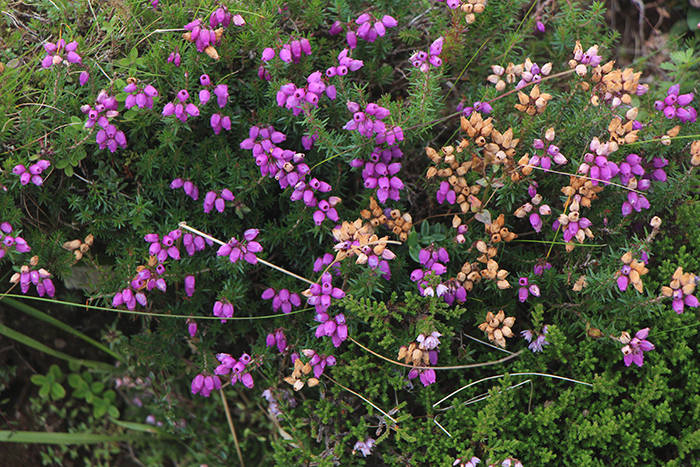
Beauty whether you look up or down
We had never been to Scotland and wanted to get an overview, seeing as much as possible in the two weeks we had. Bob did wonderfully driving on a different side of the road and on the many two way but one lane roads—with sheep on them! (There were signs.) He also researched and booked all our accommodations and to a one they were great! Three hotels and the rest B&Bs.


Cattle grids in the roads kept the sheep in their area but not off the roads.
Some were very cheeky and would play “I dare you”…
We didn’t seek out castles but they were everywhere.
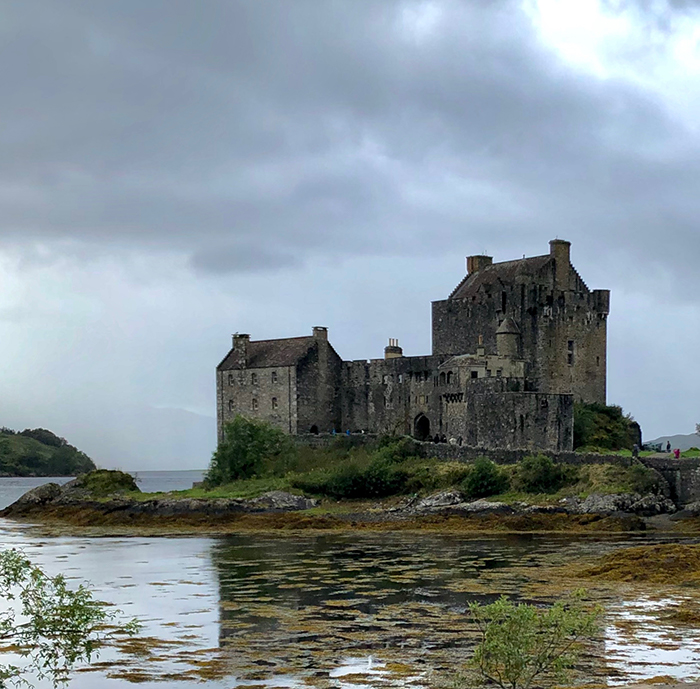
Had to take at least one castle picture!
Didn’t hear a bagpipe but saw several guys in kilts. Stayed away from tourist sites as much as possible. Scotland is a very contemporary country and while I did want to see the Neolithic sites in Orkney I also wanted to experience Scotland today as much as possible in our short time.
Some how as I planned out our trip with post-its of where we would stay and what we wanted to see, I still thought we’d have time to hike every day and sit and sketch, and just feel where we were. Time doesn’t stretch that way so only a couple of quick sketches (one done in the car) and a few rather short hikes, but lots and lots of images and now that I’m home I wake up at 4:30-5:00 and hit the studio—so excited to download my brain into studies and paintings and spin the wool that I bought and just digest.


